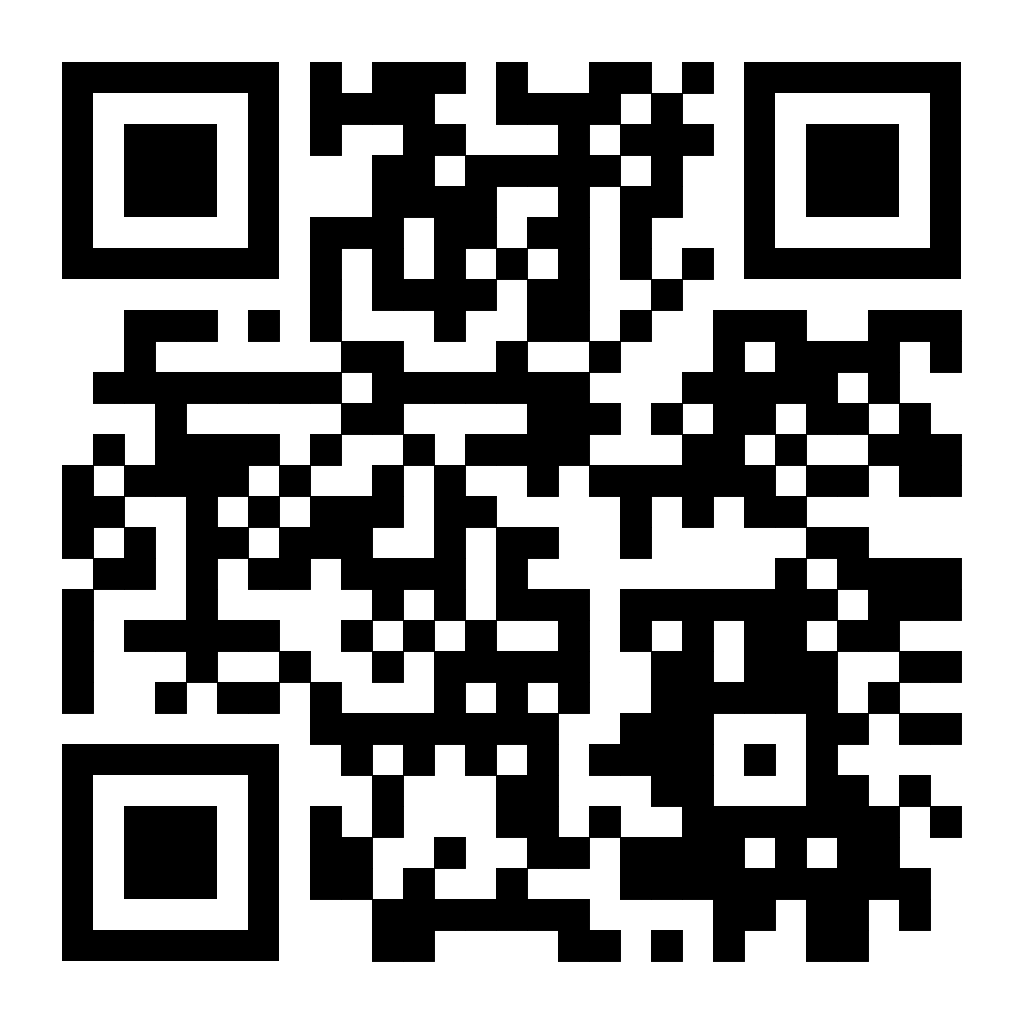The Art of Evaluation: Data-Driven Frameworks for Positive Change in CME/CPD
Are you curious about how the art of data collection and analysis can transform the impact of continuing education in the health professions? What if you could easily prove that learning activities drive tangible outcomes?
Today’s guest is Dr. Alaina Szlachta, a Learning Architect who improves the results of personal and professional development programs through data enablement. She joins us to unravel the complexities of effective education activity and program evaluation.
In a world increasingly driven by data and evidence, understanding the outcomes and impact of educational programs is crucial, but learning professionals in many sectors often struggle to effectively evaluate education activity and program impact. And without proof of outcomes, it’s difficult to demonstrate value and make data-driven decisions.
Alaina outlines the crucial checkboxes for successful evaluation and highlights the art and science of strategically aligning evaluation variables to forge a persuasive chain of evidence. We also tackle the sometimes daunting task of identifying behavioral change indicators and how to build “indicator muscle.”
In this episode, you’ll hear how to:
- Develop a simple framework for aligning learning outcomes.
- Identify indicators that reliably track performance improvement.
- Leverage AI to efficiently create assessments tailored to your needs.
Tune in to hear how to build a rock-solid evaluation process in under an hour.
Takeaways
- Effective evaluation in any field requires a balance of trustworthy evidence, improvement data, and operational insights, acting as a compass for success and growth. Create your impact hypothesis by lining up “dominoes”; start with the change you intend to make, then trace back through outcomes, outputs, and inputs. Visualize this sequence to clarify your strategy and prepare to measure each stage.
- The distinction between outputs (the immediate, tangible products of a program) and outcomes (the longer-term changes resulting from those outputs) is essential in evaluating the true impact of any initiative.
- Develop your “indicator muscle” by applying evaluation strategies to personal goals. Choose a goal, define indicators of success, and track them over time. This practice will build your skills in a lower-stakes environment and prepare you for larger, more complex projects.
Resources
Connect with Alaina
Email: [email protected]
By Design Development Solutions
Time Stamps
- (03:17) – Introducing Alaina
- (05:26) – Connecting her professional threads to inform learning strategy, measurements, and evaluation
- (11:50) – Evaluating outcomes and evaluation framework
- (14:30) – Different evaluation models and robust strategies
- (21:12) – Output vs. Outcomes
- (22:38) – Importance of process evaluation
- (28:59) – Recommendations for starting to build the indicator muscle
- (31:04) – The challenges in thinking about and brainstorming behavioral indicators for change
- (34:30) – Emerging trends in learning and development
- (39:51) – Where to connect with Alaina
- (40:51) – 3 takeaways from today’s episode
Subscribe to the Write Medicine podcast!
Don’t forget to subscribe to the Write Medicine podcast for more valuable insights on continuing medical education content for health professionals. Click the Follow button and subscribe on your favorite platform.


































